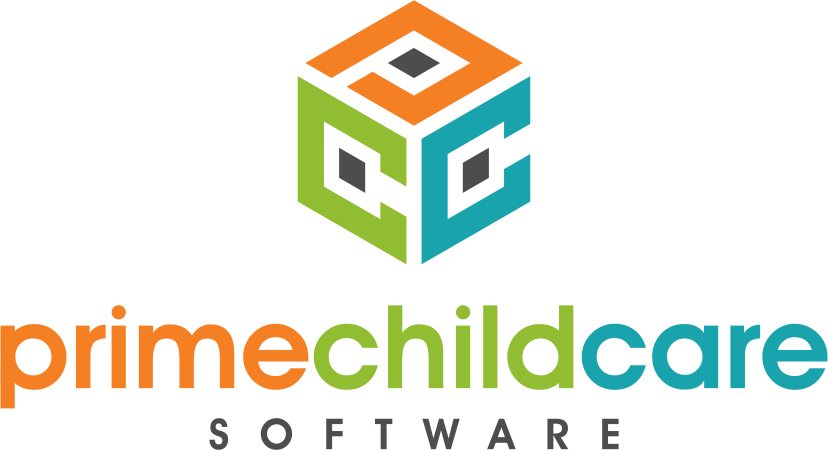The advent of the COVID-19 pandemic has disrupted business in virtually all industries and sectors, perhaps forever. With seemingly no end to the coronavirus crisis and its ravages, daycare franchising and businesses worldwide are fighting for their survival and shifting their operations to accommodate the new normal.
In nearly every economic sector today, the businesses that survive the pandemic will need to change how they operate and interact with consumers. The coronavirus has forced every daycare franchise across the U.S. to rethink its operations. Survival and success will require franchisors to support their franchisees and their customers by pivoting their business models and processes to suit the changing marketplace.
Moving forward, daycares centers should formulate and implement both short-term and long-term strategies for recovery. They should also address what consumers require right now – protection from the virus and a safe place to take their kids as they work – and position their brand to meet those needs.
Ways Daycare Franchises Can Achieve Operational Efficiency in Uncertain Times
 While the COVID-19 pandemic has wrought havoc globally, things must go on as the need for products and services resumes – although reshaped by the crisis to some extent. As such, businesses and franchises should remain open to new opportunities and re-evaluate their operations to ensure efficiency, survive the pandemic, and even thrive. Here’s how:
While the COVID-19 pandemic has wrought havoc globally, things must go on as the need for products and services resumes – although reshaped by the crisis to some extent. As such, businesses and franchises should remain open to new opportunities and re-evaluate their operations to ensure efficiency, survive the pandemic, and even thrive. Here’s how:
1. Adapt for Change
After the initial lockdown imposed across the U.S., daycare franchises had to navigate reopening at the height of the pandemic and ensure parents that they were taking all safety measures to safeguard children’s safety. They took steps in compliance with government COVID-19 prevention guidelines and new regulatory requirements. These included:
- Ensuring social distancing in daycare centers and during pickup and drop off points
- Frequently cleaning and disinfecting surfaces and indoor fixtures
- Practicing good hand hygiene among all children and staff members
- Wearing facemasks at work
- Keeping small group sizes of about six kids in home-based programs and eight in centers
- Symptoms screening
These are some of the changes that daycare franchises should implement moving forward. But to survive the crisis, attract more business, and quell parents’ fears, centers need to adapt for change moving forward.
Therefore, rather than trying to upgrade their old systems and processes, they now have the chance to implement new and more impactful digital strategies and solutions. For example, franchise businesses can opt to implement center-centric solutions like Prime Childcare Software built for multi-center chains and franchises.
Daycare franchises that openly address how they keep staff and children safe will most likely win during and after the pandemic winds down.
2. Connect with Customers
Right now, it’s vital to strengthen connections with existing customers – in this case, parents. As habits and preferences rapidly change in response to the pandemic, you must show parents that you are willing and able to meet their new reality regarding safety measures. Connecting with parents and other stakeholders remotely must be at the center of your strategy.
3. Create Synergy
Examine your existing business infrastructure and plan and identify what other services you can offer to diversify or expand your business now. What existing resources, such as trained staff, transportation network, equipment, and more, can you adapt to offer new, different services. Find one or more needs that fit your current daycare operation and fill them.
4. Give Peace of Mind
Look at your daycare business through your customers’ eyes and identify what they need presently to give the added assurance and increase their peace of mind during COVID-19. Think of how you can alter your web presence, marketing, and branding to bolster that reassurance and trust. Parents require assurance that their children are safe with a pandemic-prepared daycare center like yours.

How Prime Can Help Franchises Run More Efficiently
Prime Childcare Software has an enterprise solution that allows franchise businesses to combine centralized and local management seamlessly. It makes it easy for the owners and executive management teams of multiple centers to stay connected to their locations. Prime allows you to view critical management and operational processes across a broad array of functions inside all your locations.
For example, you can view the check-in and check-out procedures implemented and followed by your child care locations to ensure child safety during the COVID-19 pandemic. You can also view expenses and profitability, manage resource loading and scheduling, and oversee invoicing and tuition collection from a central location.
Prime also provides the following operational capabilities:
- Payment processing using an enterprise payment module
- Hassle-free registration and enrollment
- Fluid parent communication to help build and retain their clients
- Human resource payroll management
- Automated billing and online payments
Prime offers all these and more child care franchise services on a single cloud-based commercial site with a super-convenient mobile childcare app. Contact us today and schedule your appointment to get started.





 While you’re busy checking kids in and out, monitoring all of your various teachers and classrooms, and handling any and all parental concerns, you’re also managing the books. You’re taking in tuition payments, fees of varying sorts, and additional costs for field trips or other activities offered at the center. You’re also managing the outflow to cover your rent, utilities, staff payroll, and various materials, supplies, and snacks needed to actually run your classrooms and feed the children. To turn a profit, you have to carefully set up your cost structure as well as carefully manage your costs. It’s a tricky balance, but there are tools that can simplify this process.
While you’re busy checking kids in and out, monitoring all of your various teachers and classrooms, and handling any and all parental concerns, you’re also managing the books. You’re taking in tuition payments, fees of varying sorts, and additional costs for field trips or other activities offered at the center. You’re also managing the outflow to cover your rent, utilities, staff payroll, and various materials, supplies, and snacks needed to actually run your classrooms and feed the children. To turn a profit, you have to carefully set up your cost structure as well as carefully manage your costs. It’s a tricky balance, but there are tools that can simplify this process.